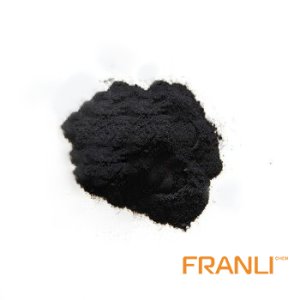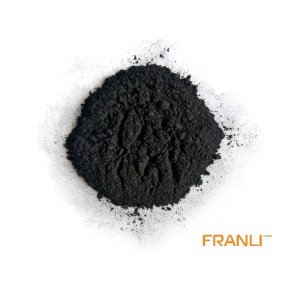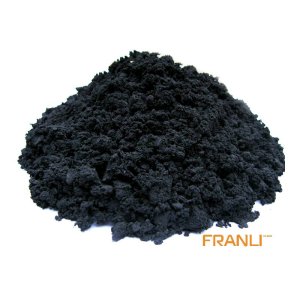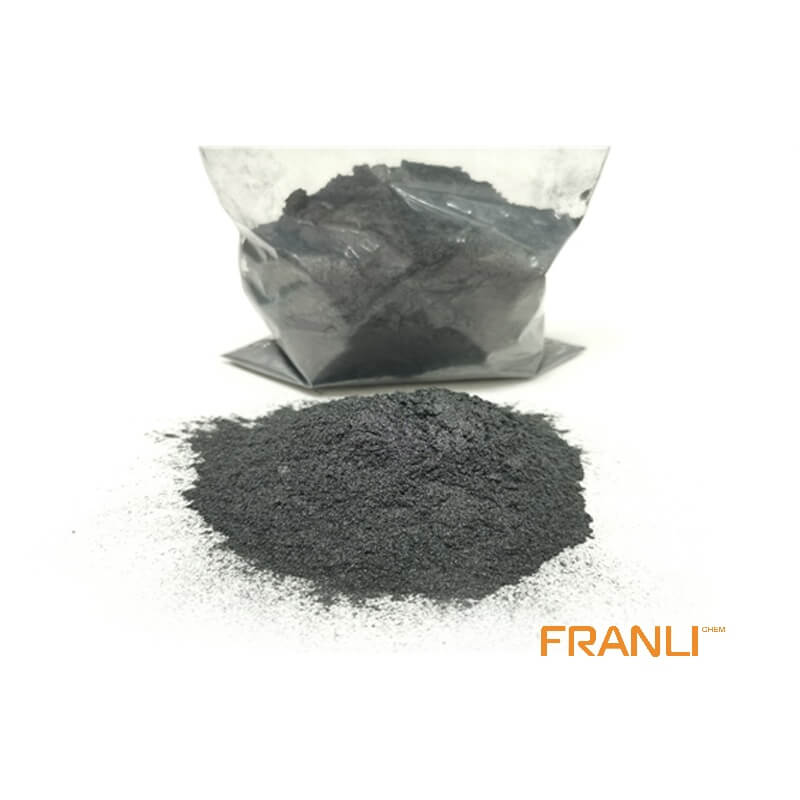
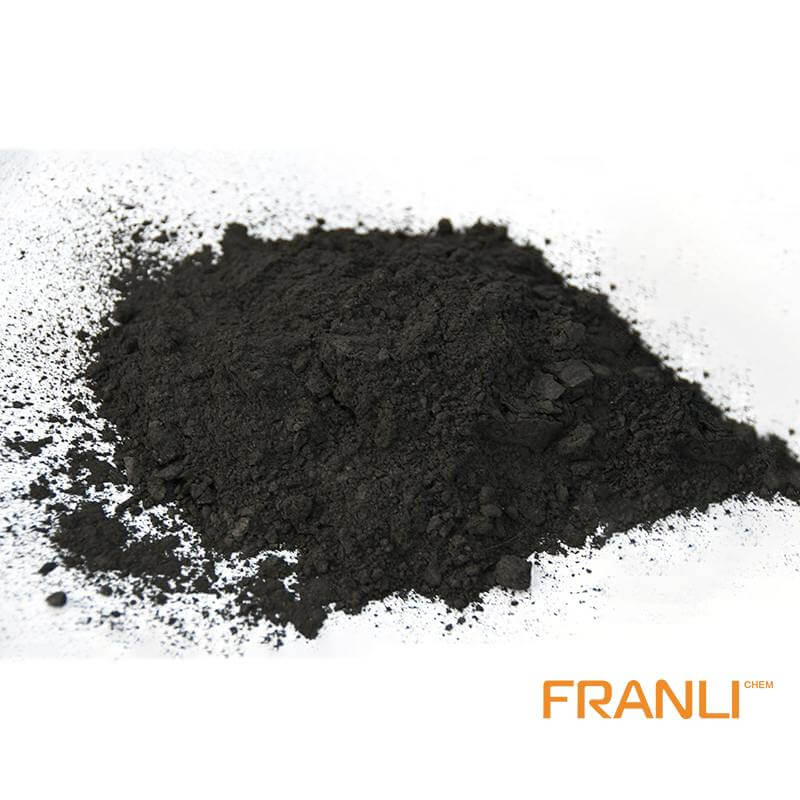
Synthetic Graphite
Size
0.1mm or 2mm, etc
Carbon Content
99%min
Package
25kg small bags into ton bags or ton bags
Features
Thin material, high temperature resistance, etc
Application
Used in computer, mobile phone motherboard, screen, LCD, camera and other equipment. ,etc.
Synthetic graphite sheet, also known as artificial graphite sheet, is a brand-new heat dissipation material. Using advanced carbonization and graphitization technology, thermal conductive films with unique lattice orientation are fabricated by high-temperature sintering at 3000 ℃. It mainly dissipates heat evenly along two directions, and the lamellar structure can well adapt to any surface.
Request a quote
Synthetic graphite intercalation compounds are a kind of carbon materials obtained by inserting ion, atom, or molecular guest species between the main framework layers of SP2 bonded synthetic graphite carbon. The van der Waals gap and Fermi energy level of intercalation compounds can be controlled based on the difference of guest species, which endows synthetic graphite intercalation compounds with excellent superconductivity, lubricity, magnetism, catalytic activity, and energy storage properties.
The intercalation process is usually driven by an acid-base reaction or redox reaction between host and guest. The redox-driven intercalation process, such as Electrochemical intercalation, molten salt intercalation, and molten metal intercalation, has the advantages of high intercalation efficiency and simple operation and has been widely used.

Metal chloride synthetic graphite intercalation compounds have great potential applications in Superconductivity and energy storage/conversion. These intercalation compounds are usually synthesized by the molten salt method, which is limited by the slow intercalation kinetics, which hinders their practical application. For FeCl3 synthetic graphite intercalation compounds, in the preparation process, FeCl3 and Cl2 must reach a certain threshold pressure to promote the nucleation and intercalation of ionized species (FeCl4 -) at the edge of synthetic graphite.
However, the yield and content of Cl2 generated by FeCl3 self decomposition at high temperature are low, and the intercalation kinetics is greatly limited. The whole intercalation process usually takes several hours or even days. The addition of Cl2 into the reaction system can increase the concentration of reactants and accelerate the intercalation process. However, Cl2 is a highly toxic gas, which increases the risk of the process and is not conducive to the promotion and use in a large range. Therefore, it is an important direction to develop safe and efficient new technology strategies to realize the green, controllable and rapid preparation of metal chloride synthetic graphite intercalation compounds.
A team led by Professor qiujieshan, the State Key Laboratory of the fine chemical industry of the Dalian University of Technology, proposed a microwave chemical technology, which realized the rapid green synthesis of FeCl3 synthetic graphite mixture. Based on the new strategy driven by the physical field, the FeCl3 synthetic graphite intercalation compound with the first-order intercalation structure can be synthesized in 10 minutes.
Under microwave radiation, the surface of synthetic graphite π- Electrons produce high-frequency motion, in which Joule heat generated promotes the vaporization and decomposition of FeCl3, in addition, some high energy π Electrons leap out of the conjugate network, and convert kinetic energy into the internal energy of molecules in the limited region environment and accumulate this energy, which can induce gas ionization and intense plasma discharge. The increase of internal energy of reactants promotes the enrichment and nucleation of FeCl4 on a synthetic graphite surface and accelerates the subsequent intercalation process.

The comparative study found that when the shielding was removed π- After the interaction between the electron and the electric field, the energy inside the reactant can not accumulate on the surface of synthetic graphite, so it can not realize the fast intercalation process. The first order FeCl3 synthetic graphite intercalation compound, as the negative material of lithium-ion battery, has excellent self-activation ability and volume-specific capacity of 1650 MAH cm-3.
In situ Raman spectroscopy shows that during the process of lithium-ion deblocking, the electronic decoupling between the synthetic graphite sheet layer and FeCl3 layer will occur. This process promotes the gradual exposure of FeCl3 active sites on the surface and layer of the graphene layer, which may be a primary factor for the significant increase of lithium storage capacity. In short, the strategy of microwave chemical is driven energy regulation provides a new technical approach for the rapid controllable preparation of intercalation compounds, and also brings new opportunities for the development and deepening of basic research and practical application of intercalation chemistry.
The related work was published on advanced functional materials (2021, 2009801) with the title of “energy accumulation enabling fast synthesis of interconnected synthetic graphite and operator decoding for lithium storage”.

